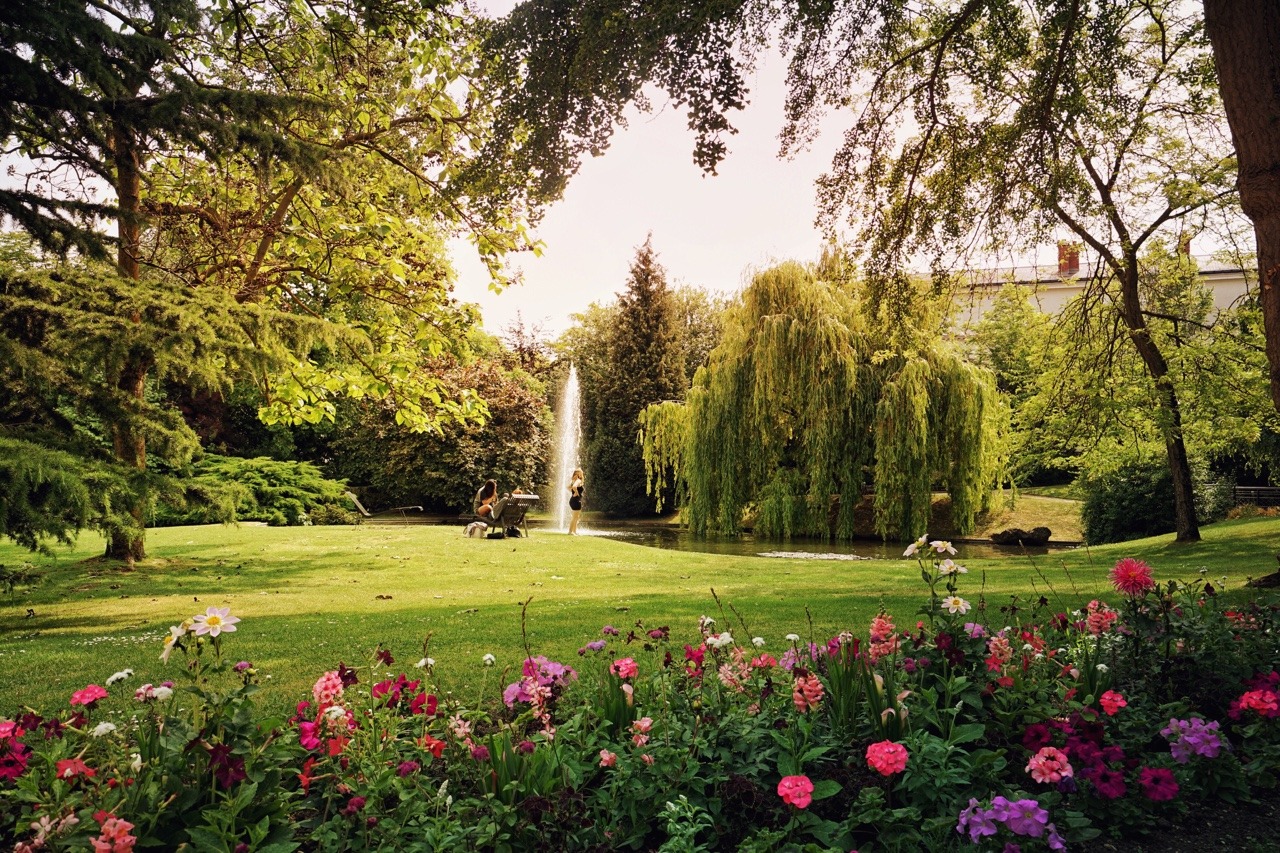Tag Results
9 posts tagged champagnetravels

9 posts tagged champagnetravels
72,000 bottles of Champagne in one area and Roman caves turned into Benedictine monk’s wine cellars in the 11th & 12th centuries that also served as a hideout for WWI soldiers 😳
It almost seems like a juicy plot to an epic miniseries. But it’s the real stories behind the Champagne caves at Taittinger in Reims, France.
In the early 1700s the Taittinger Champagne House was founded and currently it resides and stores its vintage Champagnes in caves 20-30 meters underground.
The caves were initially Roman and then the site was a Benedictine abbey in the 11th and 12th centuries. The monks were skilled winemakers.
The caves were the perfect constant temperature and humidity for aging wines. Go figure.
During WW I the Chateau served as a command post and soldiers would hide out in the in the vast Champagne caves (what a spot for a hideout!).
You can still not only see parts of the 11th century abbey underground but you can also see graffiti done during WWI by soldiers.
So awesome. 🏰
-
Champagne Collet in the Champagne region of France.
Champagne Collet is a cooperative and the house is an Art Deco dreamworld. The interiors are incredible.
I will post more about this exceptional house later.
For now, a little “taste” ✨ .
💕💕💕

Épernay, France - known as the capital of the Champagne region.
💐🌳🌺
Hautvillers is a beautiful small village in north-eastern France with a population of around 800 people. It was the home of Dom Perignon (and his burial place).
Dom Perignon was a monk whose wine-making trials and errors helped to eventually develop Champagne.
!
Épernay, France - Champagne vineyards as far as the eye can see…
🌱🌱🌱